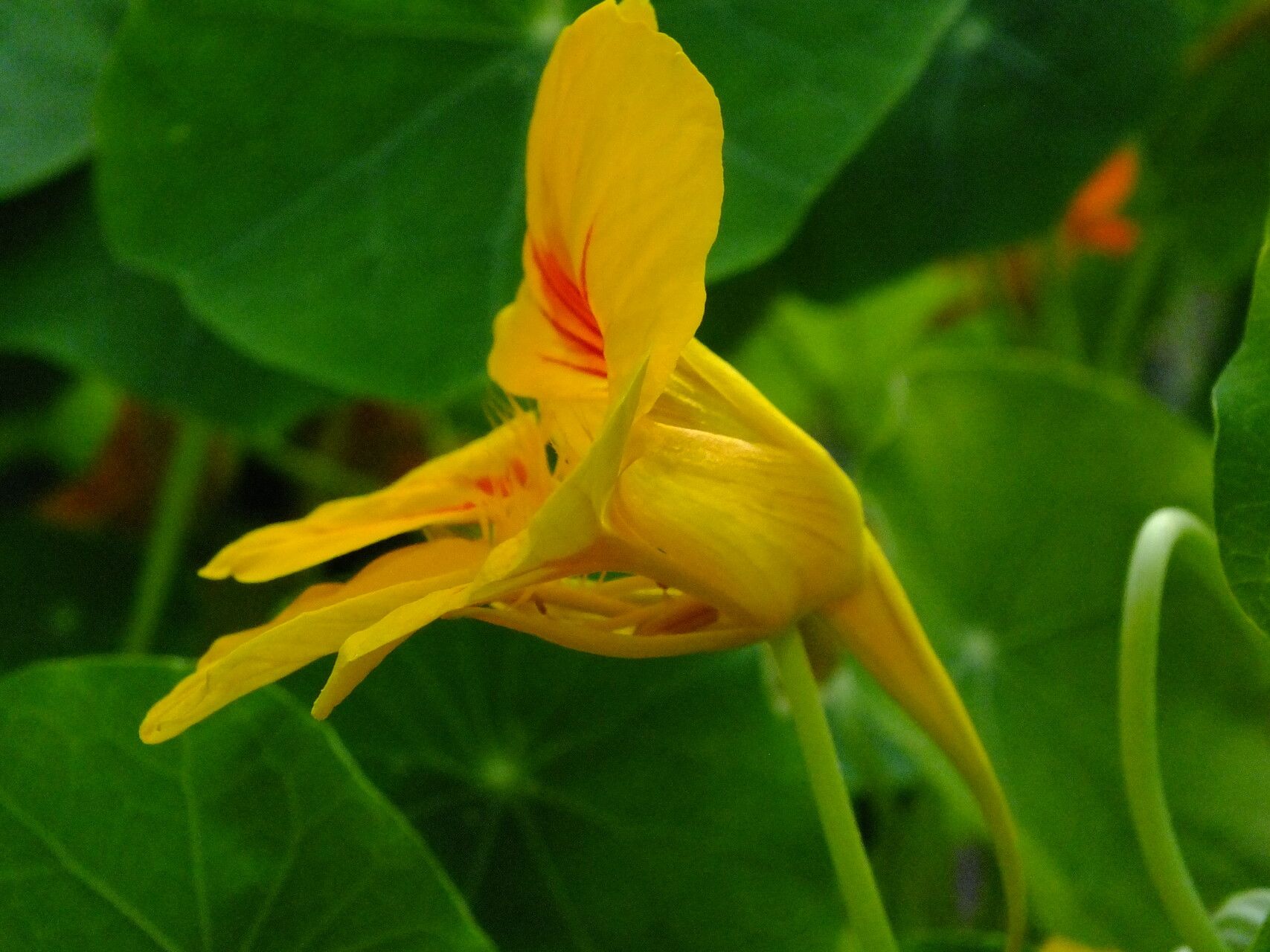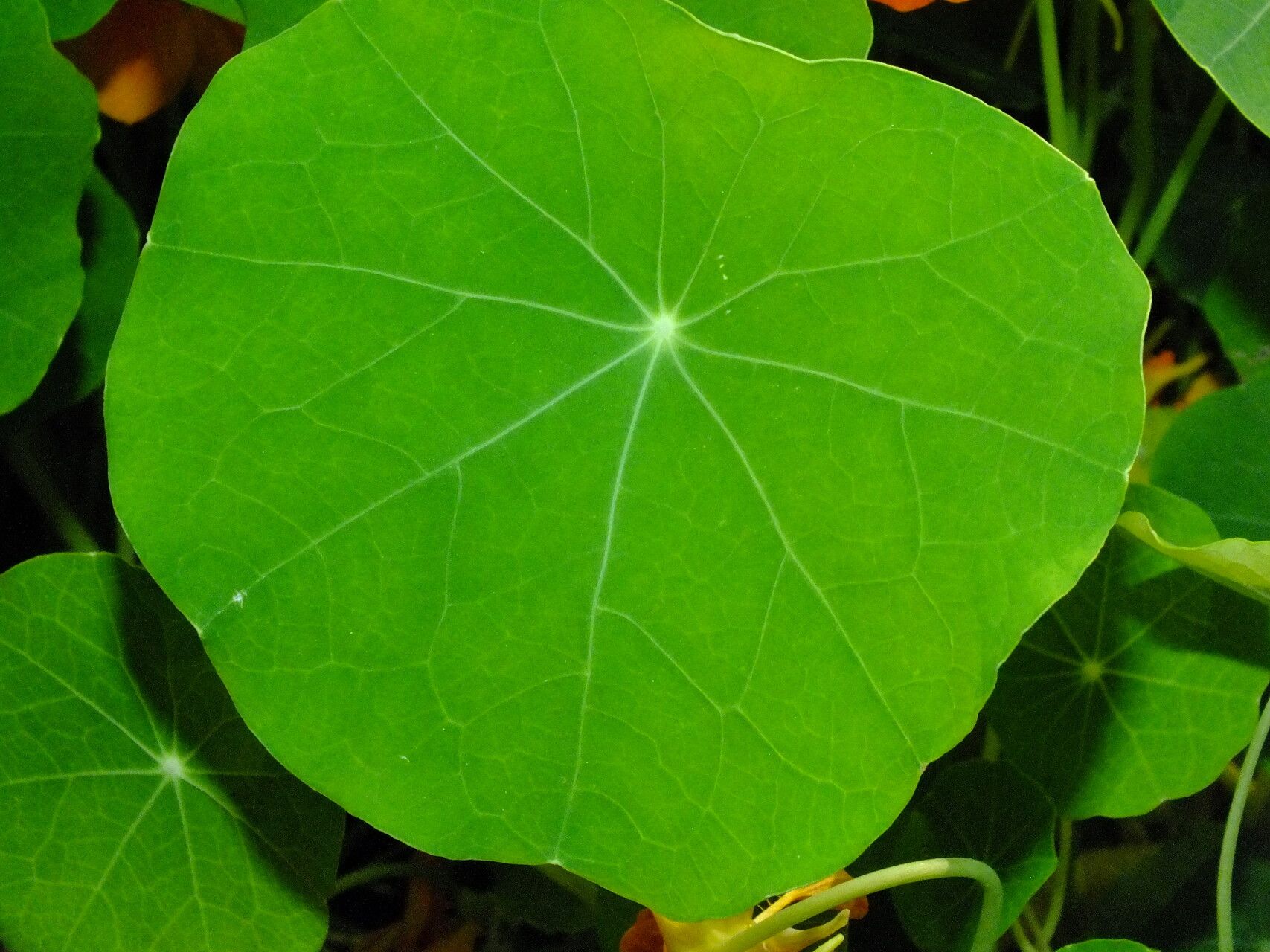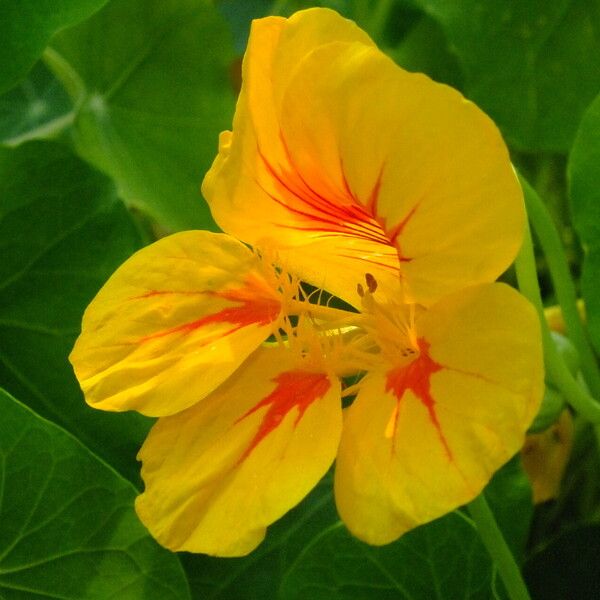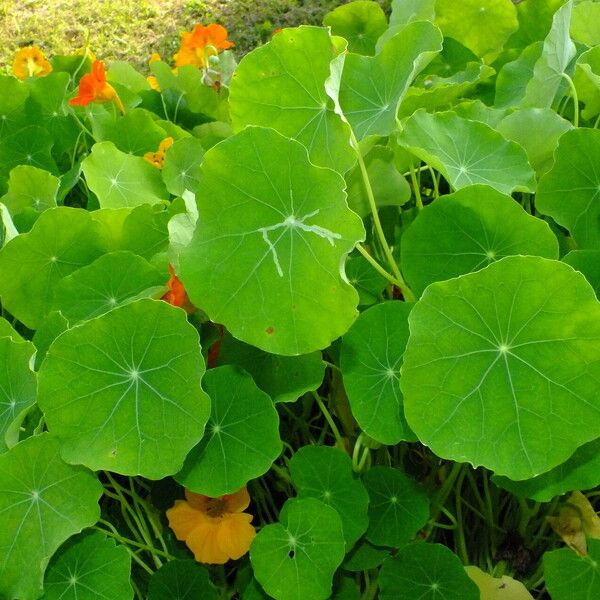Observação
Determinação
Determinação proposta
Sugerir outra determinação
Não concorda com as espécies sugeridas mas não tem outra sugestão
Comentários
Dados adicionais
Criação de dados
28 de ago de 2024
Última revisão
29 de ago de 2024
Łódź, Botanical Garden
It has originated in the Andes of South America and is now found naturalized in the other temperate zone sites.
Ornamental plant.
Edible plant - leaves raw, a hot watercress flavour, very nice on its own or as a flavouring in mixed salads; flowers raw, a very ornamental and tasty addition to the salad bowl; young seed pods raw; seeds raw or cooked, very hot, the mature seeds can be ground into a powder and used as a pepper substitute.
Herbal plant - has long been used in Andean herbal medicine as a disinfectant and wound-healing herb, and as an expectorant to relieve chest conditions, all parts of the plant appear to be antibiotic and an infusion of the leaves can be used to increase resistance to bacterial infections and to clear nasal and bronchial catarrh; the remedy seems to both reduce catarrh formation and stimulate the clearing and coughing up of phlegm; the leaves are antibacterial, antifungal, antiseptic, aperient, depurative, diuretic, emmenagogue, expectorant, laxative and stimulant, a glycoside found in the plant reacts with water to produce an antibiotic; the leaves are antibacterial, antifungal, antiseptic, aperient, depurative, diuretic, emmenagogue, expectorant, laxative and stimulant; a glycoside found in the plant reacts with water to produce an antibiotic, the plant has antibiotic properties towards aerobic spore forming bacteria; extracts from the plant have anticancer activity; the plant is taken internally in the treatment of genito-urinary diseases, respiratory infections, scurvy and poor skin and hair conditions; externally it makes an effective antiseptic wash and is used in the treatment of baldness, minor injuries and skin eruptions; ; all parts of the plant seem to promote the formation of red blood cells.
Compartilhado em







